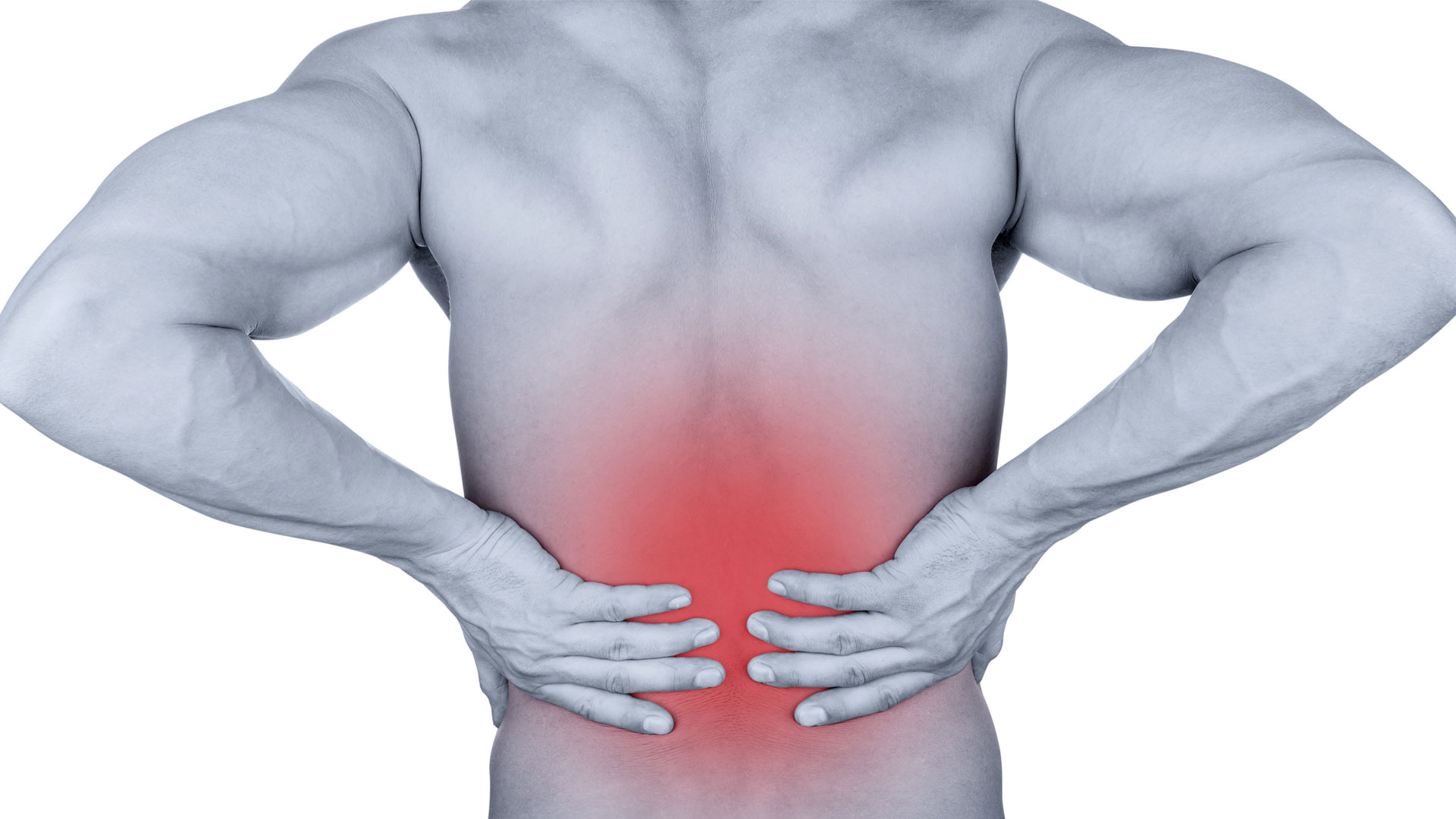
Back pain is one of the most expensive and exhausting ailments of our time. It’s the 6th most costly condition in the United States, costing Americans at least 50 billion in health care costs each year (let alone the cost of missed work due to disability). [1] It is the third most common reason for a visit to the doctor’s office (behind skin disorders and osteoarthritis joint issues).[2] For Acupuncturists, it is the #1 reason people show up at their door. [3]
So, does it really work? For those that turn to acupuncture, they can rest assured they are increasing their odds of finding relief. Acupuncture has been found to be effective for chronic pain, including low back pain. Not only is acupuncture more clinically effective than no treatment at short-term follow-ups that looked at measures of pain relief and functional improvement [4]acupuncture was found to be substantially better than standard care in a meta-analysis of randomized controlled trials that included around 20,000 patients with chronic musculoskeletal pain.[5]
Acupuncture is also safe. In a cumulative review of more than 1 million acupuncture treatments, the risk of a serious adverse event with acupuncture was estimated to be 0.05 per 10,000 treatments and 0.55 per 10,000 individual patients. The most common side effects were minor and included bleeding at the needle site and localized needling pain.[6]
So how does sticking needles at the various points in the body help to alleviate back pain? The explanation according to Acupuncture theory involves the movement of stuck energy (qi) and blood in the body. Points along various energy channels are used to open pathways and redirect ‘traffic’ to promote a healthy flow of qi and blood. Western biomedical research looks at acupuncture’s effects on the nervous, immune, and endocrine systems. It has been shown that the stimulation with acupuncture needles produces an analgesic effect through the release of endorphins, dopamine, endogenous cannabinoids (some of the body’s natural painkillers), and anti-inflammatory substances as well as the inhibition of pro-inflammatory factors.[7]
And does it last? The beneficial effects of acupuncture do, in fact. persist beyond the course of treatment. In a meta-analysis of around 18,000 patients with chronic pain, 90% of the pain-relieving effects were maintained at 1 year out. [8]
As far as cost-effectiveness, acupuncture scores again. In one study in Canada, low back pain patients divided into 2 groups (201 patients receiving acupuncture and 804 patients not receiving acupuncture) were evaluated for the number of medical doctor visits required for treatment of their low back pain. The acupuncture patients saw their doctors 49% less after having acupuncture compared with the year prior to having acupuncture. Non-acupuncture patients had a decrease of only 2%. [9] The WHO officially classifies acupuncture as a cost-effective treatment strategy in patients with chronic low back pain, according to their cost-effectiveness threshold values. [10]
Back pain, as many of us have experienced, can be an expensive threat to our quality of life. Depending on the cause and severity of the back pain, acupuncture can be a safe and cost-effective alternative or complementary approach to treatment, providing much-needed relief!
If you are one of the many people suffering from back pain, don’t hesitate to get in for some pain-relieving acupuncture sessions. Call us today to schedule an appointment! The sooner you get in, the sooner you’ll experience the benefits!
[1] https://hpi.georgetown.edu/backpain/
[2] https://handsdownbetter.org/health-and-wellness/back-pain-facts-and-statistics/
[3] https://www.ncbi.nlm.nih.gov/pmc/articles/PMC2830903/
[4] https://www.ncbi.nlm.nih.gov/pmc/articles/PMC4364128/
[5] https://www.ncbi.nlm.nih.gov/pmc/articles/PMC6913801/#B12
[6] https://pubmed.ncbi.nlm.nih.gov/15551936/
[7] https://www.hindawi.com/journals/ecam/2019/2326867/
[8] https://www.ncbi.nlm.nih.gov/pmc/articles/PMC6913801/#B14
[9] https://www.healthcmi.com/Acupuncture-Continuing-Education-News/619-acupunctureceuslowbackpaincalgaryalberta
[10] https://pubmed.ncbi.nlm.nih.gov/24138020/
